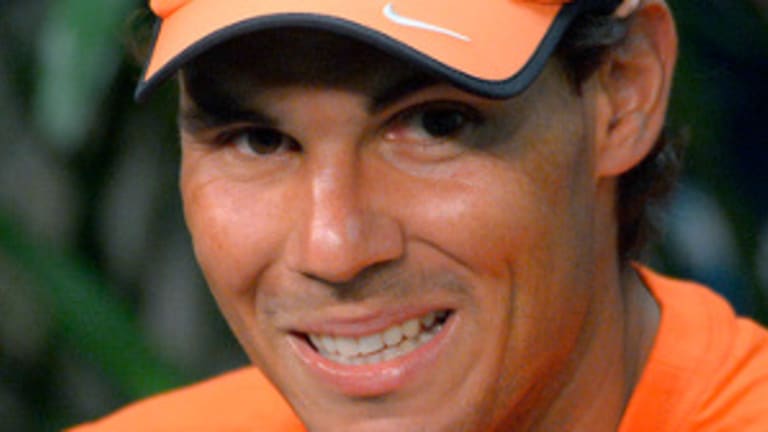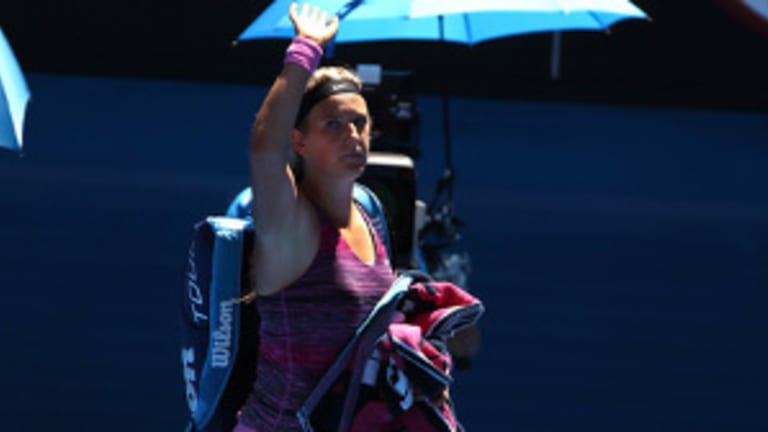The first five days of Indian Wells are a little bit like a second qualifying tournament—this one including the elite players who were directly accepted into the main draw.
Conventional qualifiers who are still alive and kicking now have already been successful—in some cases, spectacularly so. But direct-acceptance players still in the running are most likely just breathing a great big sigh of relief.
The shining example of a conventional qualifier basking in glory this week is Casey Dellacqua, the Aussie who upended recent Acapulco finalist Christina McHale, followed by 2013 Wimbledon semifinalist Kirsten Flipkens and, yesterday, No. 13 Roberta Vinci. Dellacqua is in the money now—fourth-round, main-draw money, that is—and still going strong. And her next opponent is unseeded American Lauren Davis, so greater riches are within reach.
Dellacqua is one of three qualifiers (the others being Austrian youngster Dominic Thiem and Italy’s Camila Giorgi) who may yet duplicate the feat Jerzy Janowicz pulled off when he raced through the qualifying and main draw to play the championship match at the Paris Masters 1000 in 2012. Janowicz is a direct acceptance player nowadays, thanks to his No. 20 ranking. But that didn’t keep him from lurching out of Indian Wells over the weekend (to Alejandro Falla) in that tricky second qualifying event.
The first weekend is a nerve-jangling time for stars and contenders trying to make it to Monday, at which point all but the very best players feel they’ve acquitted themselves well—or at least avoided the disastrous flame-out. The two No. 4 seeds in the singles weren’t so lucky. Tomas Berdych didn’t survive, nor did Victoria Azarenka. He lost yesterday, and combined with the upsets of seeds Florian Mayer and Philipp Kohlschreiber, that blows a very big hole in that third quarter of the draw. But not as big, perhaps, as the gap in the final quarter, in which No. 7 Juan Martin del Potro pulled out with injury and No. 9 Jo-Wilfried Tsonga was upset by Julien Benneteau.
Now, the highest seed left for No. 2 Novak Djokovic to contend with in the bottom half of the draw is No. 8 Gasquet.

